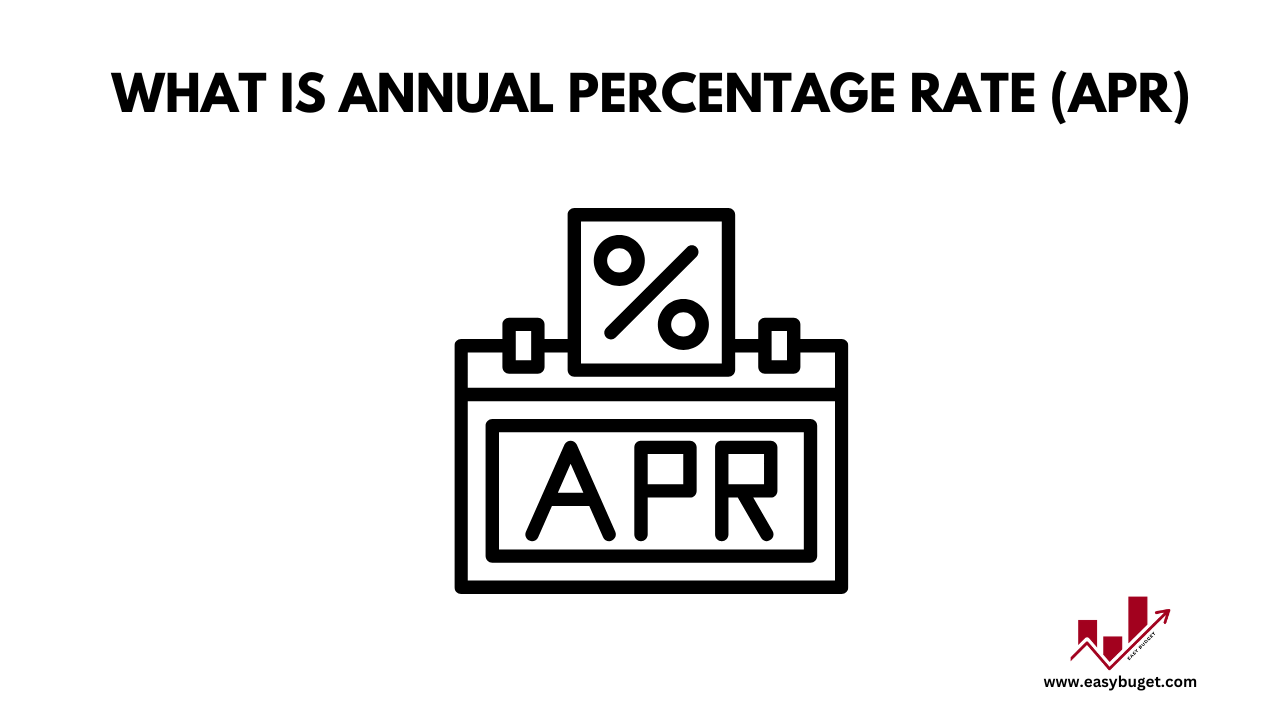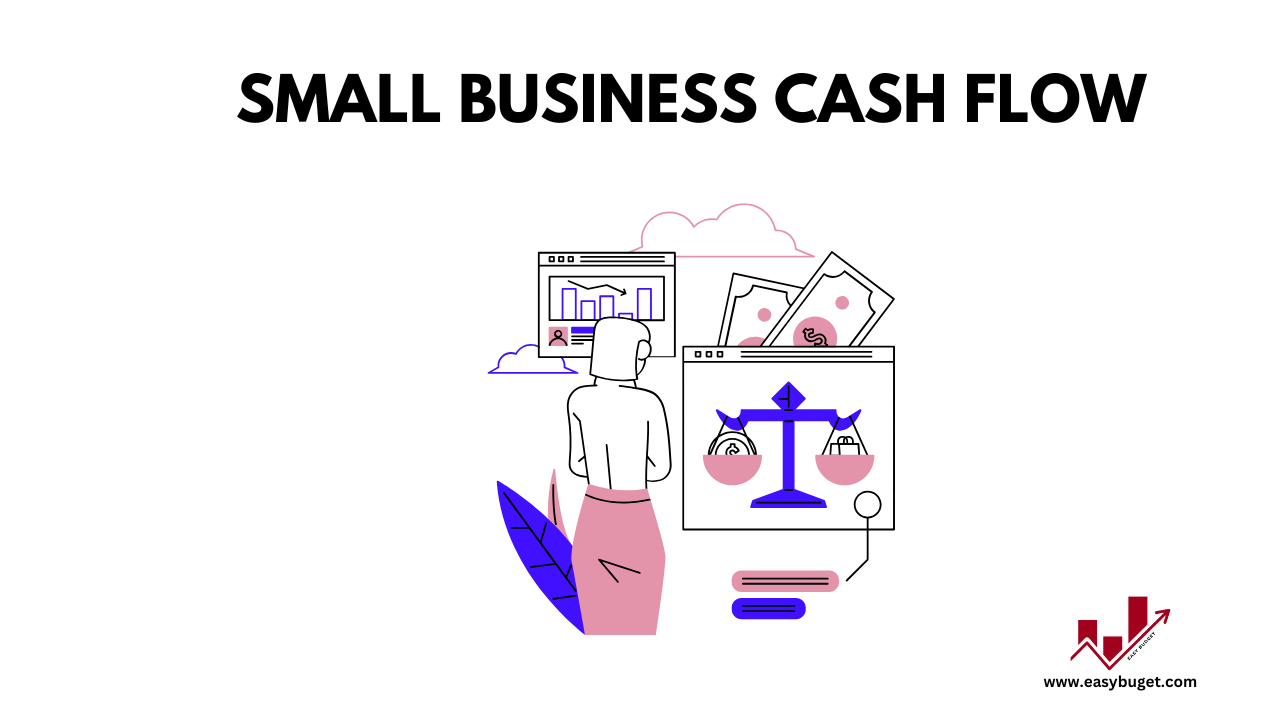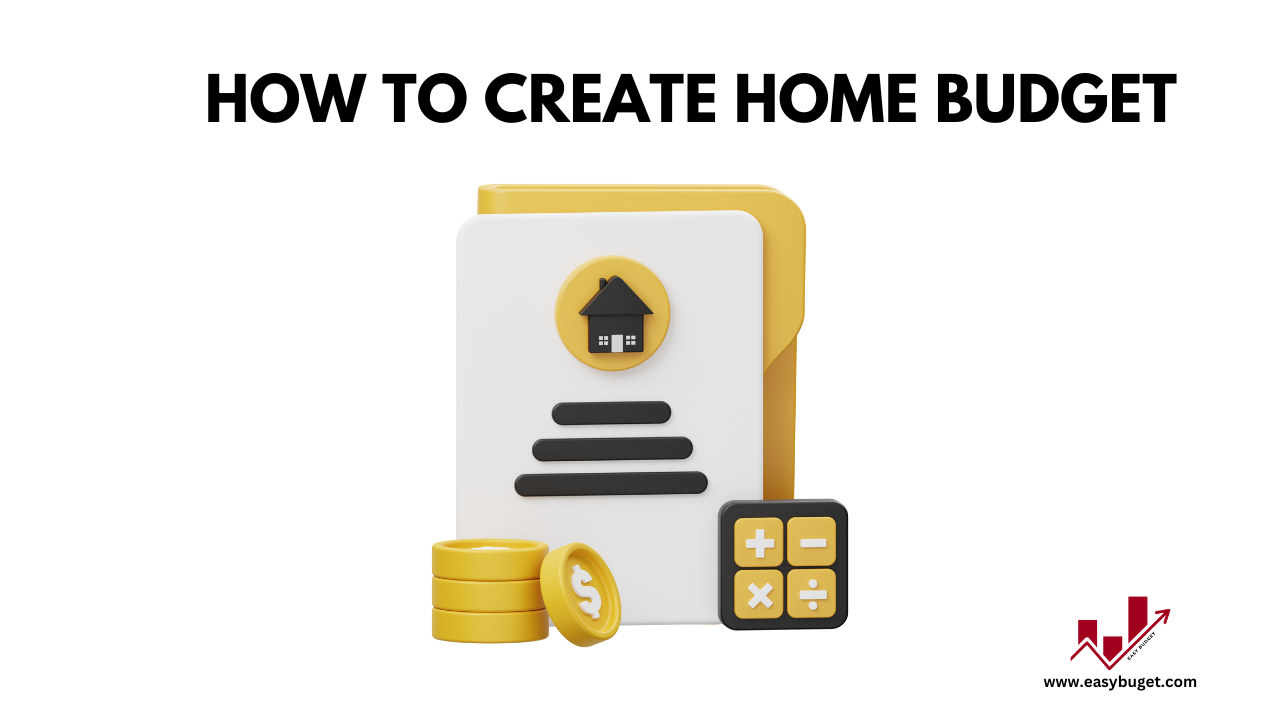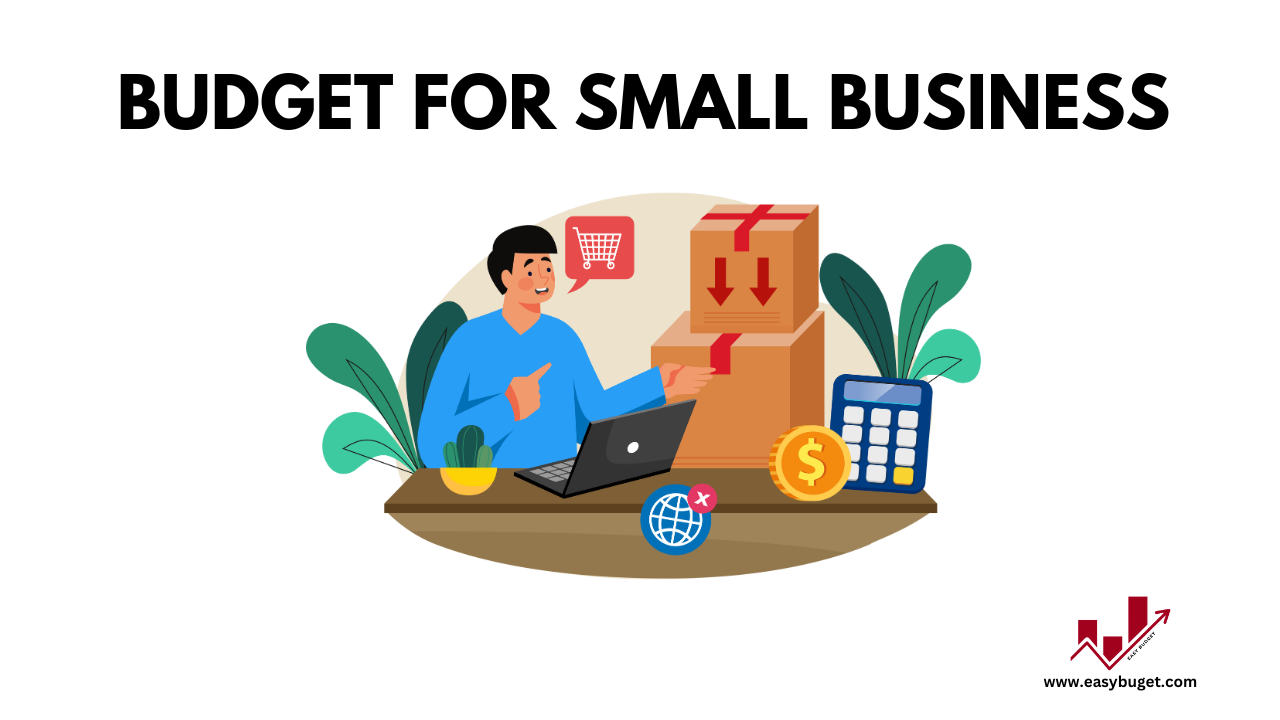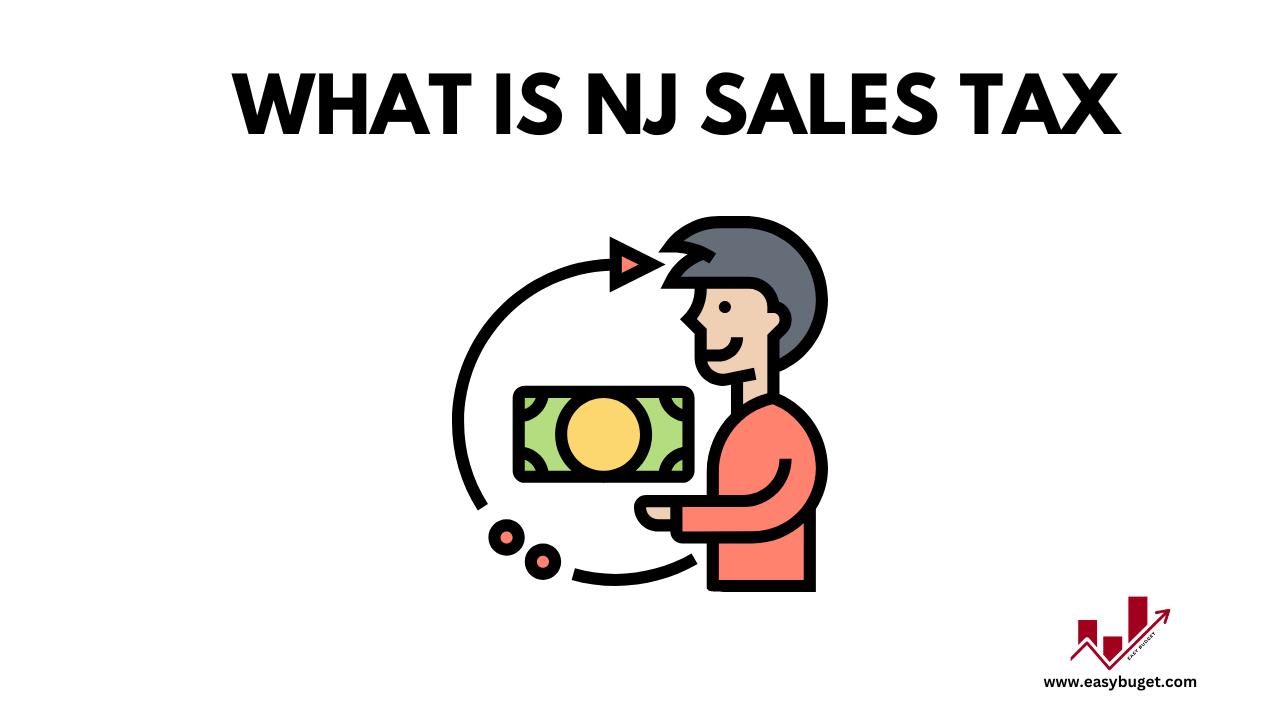Ever wondered your 1,000 credit card balance costs an extra 180 in a year? Meet Annual Percentage Rate (APR)—the yearly cost of borrowing money on your credit card. Whether you’re swiping for groceries or paying off a big purchase, understanding APR can save you hundreds (or even thousands) of dollars.
In this guide, we’ll break down everything you need to know about APR: what it is, how it’s calculated, and how to avoid paying more than you should. Let’s dive in!
What is Annual Percentage Rate (APR)?
Annual Percentage Rate (APR) is the yearly cost of borrowing money, expressed as a percentage. It includes not just the interest rate but also any fees tied to the credit card, like annual fees or balance transfer costs.
Key Point: Annual Percentage Rate (APR) ≠ interest rate. While the interest rate is part of APR, the full APR gives you a clearer picture of what you’re really paying.
Types of Credit Card APRs
Not all APRs are created equal. Here are the most common types you’ll encounter:
- Purchase APR: The rate applied to everyday purchases.
- Balance Transfer APR: The rate for moving debt from one card to another.
- Cash Advance APR: A higher rate (often 25%+) for withdrawing cash.
- Penalty APR: A steep rate (up to 29.99%) triggered by late payments.
- Introductory APR: A temporary low or 0% rate (e.g., 0% for 12 months).
Pro Tip: Always check your card’s terms to understand which APRs apply to your transactions.
How is APR Calculated?
APR might sound complicated, but it’s based on a simple formula:
- Daily Periodic Rate (DPR): APR ÷ 365.
- Example: 18% APR = 0.049% daily.
- Monthly Interest: DPR × days in billing cycle × balance.
Fun Fact: Interest compounds daily, meaning you’re charged interest on your interest if you carry a balance.
Fixed vs. Variable APR
- Fixed APR: Stays the same over time (rare these days).
- Variable APR: Changes with market rates (e.g., Prime Rate + 13%).
Most credit cards have variable APRs, which means your rate can go up or down depending on economic conditions.
How APR Affects Your Payments
Here’s how APR impacts your wallet:
- Carrying a Balance: Interest compounds daily, increasing your debt over time.
- Paying in Full: No interest if you pay your balance monthly.
- Minimum Payments: Extend your debt timeline and increase total interest paid.
How to Get a Lower APR
Want to save on interest? Try these strategies:
- Boost Your Credit Score: Scores ≥ 720 qualify for the best rates.
- Negotiate with Issuers: Call your card issuer and ask for a rate reduction.
- Transfer Balances: Use a 0% APR balance transfer card to pause interest.
Resource: Check out NerdWallet’s guide to compare balance transfer cards.
Common APR Misconceptions
Let’s bust some myths:
- Myth: “APR is the same as the interest rate.”
Truth: APR includes fees, so it’s often higher than the interest rate. - Myth: “All credit cards have the same APR.”
Truth: Rates vary widely based on your credit score and card type.
FAQs About Credit Card APR
Q: Is APR charged monthly or yearly?
A: Interest is calculated daily but billed monthly.
Q: Can APR change after I open a card?
A: Yes, issuers can adjust rates with 45 days’ notice.
Q: Is a 24% APR bad?
A: It depends on your credit score and card type. Compare offers using tools like Bankrate.
Actionable Tips to Manage APR
- Pay On Time: Avoid penalty APRs by setting up autopay.
- Read the Fine Print: Understand terms for balance transfers and cash advances.
- Use APR Calculators: Estimate interest costs with tools like Credit Karma.
Conclusion
Understanding APR puts you in control of your credit card costs. By paying attention to rates, avoiding unnecessary fees, and paying off balances quickly, you can save hundreds—or even thousands—of dollars in interest.
Ready to take action? Check your credit card’s APR today and see if you can negotiate a better rate. For more tips on managing credit card debt, check out our guide: How to Build Wealth on a Low Income.

